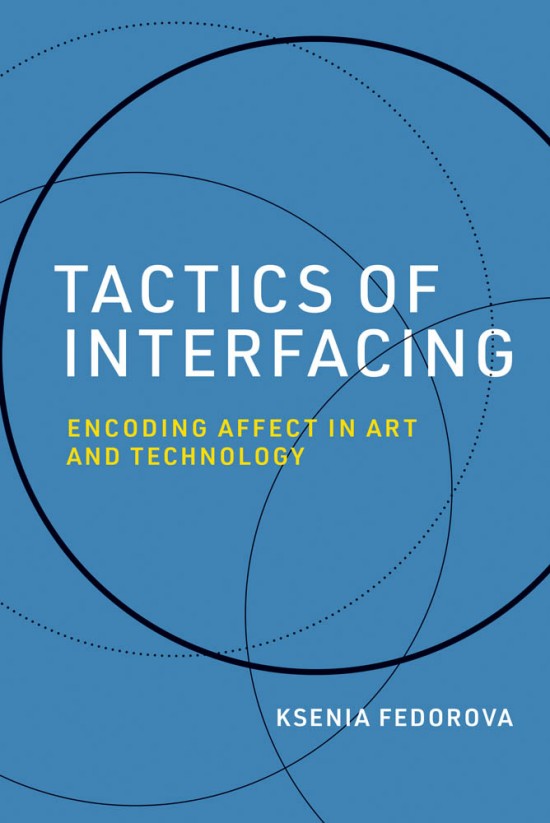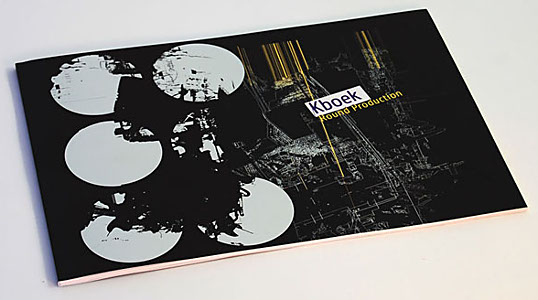- You cannot add "Society Of The Spectacle" to the cart because the product is out of stock.
Ksenia Fedorova - Tactics of Interfacing
Ksenia Fedorova explores how digital technologies affect the way we conceive of the self and its relation to the world. With the advent of ubiquitous computing, the self becomes an object of technological application, increasingly defined by data received from tracking technologies. Subtly, these technologies encourage versions of ourselves that are easier to interpret computationally. Fedorova views these shifts in self-perception through the lens of contemporary media art practices, examining a range of artistic tactics that enable embodied and intimate experiences of machinic operations on our lives.
At the center of Fedorova’s analysis are the mechanisms that structure the relations between the self and the world at the level of the interface; she considers “interfacing” a process in which interrelation happens and different agencies play off against each other. She discusses such topics as interfaciality and the face as a medium; self-image and the boundaries of the self, understood through technological mediation of an embodied experience; the relation between the self and the other, reshaped by algorithmic technologies; and the augmentation and alteration of spatial perception.
The artworks Fedorova discusses present scenarios of interfacing that range from responsive environments to artificial intelligence conversational agents. She shows that art and aesthetic experience offer fruitful ways to reflect on the effects of contemporary technological culture, enabling encounters that shift our perspectives on the boundaries of the self and challenge the very capacity to feel human.
Ksenia Fedorova is University Lecturer in Modern and Contemporary Art and Theory at Leiden University.
“In an age when our faces, voices, emotions and bodies are increasingly being interpreted by computational systems, Ksenia Fedorova’s Tactics of Interfacing sharply analyzes how artistic practices with these very technologies can open up new and expressive ways of reconceiving the boundaries between humans and machines.” (Chris Salter, Artist, Professor of Computation Arts, Concordia University)
Hardcover, published in 2020, 336 pages including 62 b&w illustrations.
€34.00







